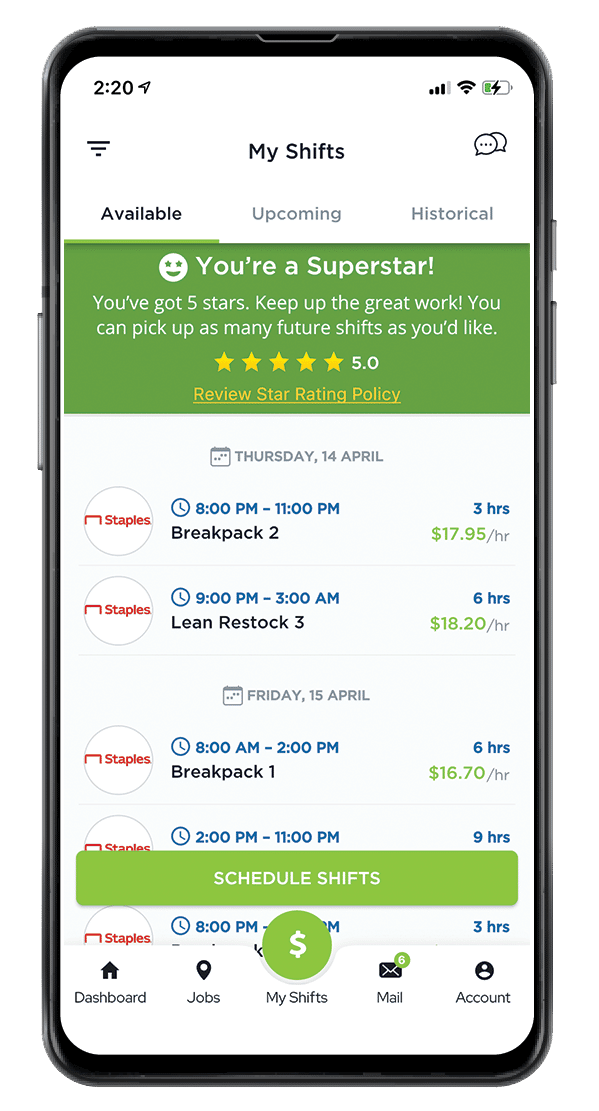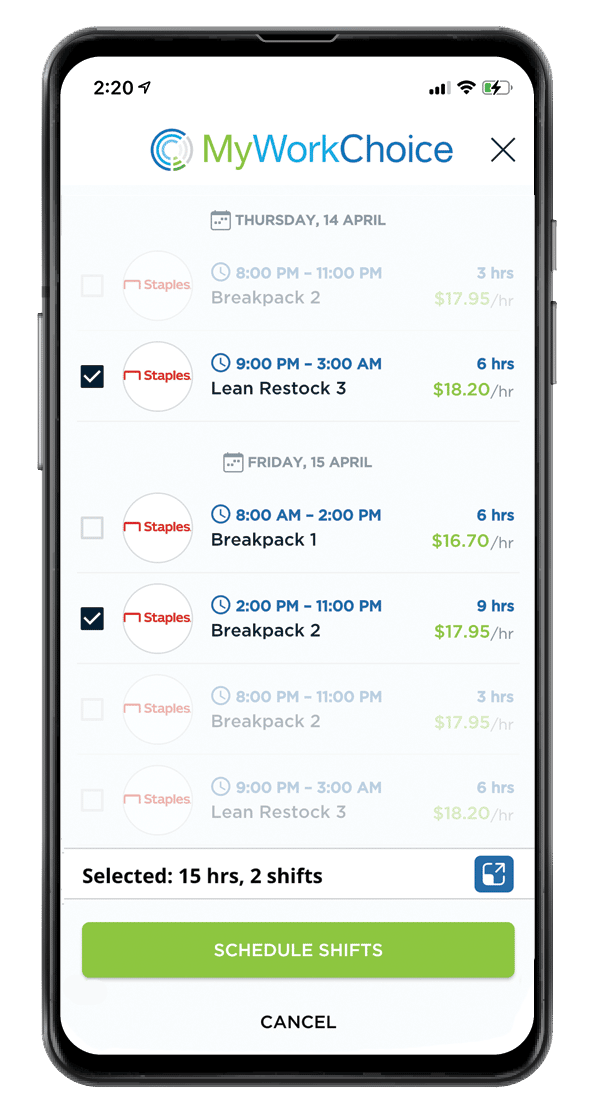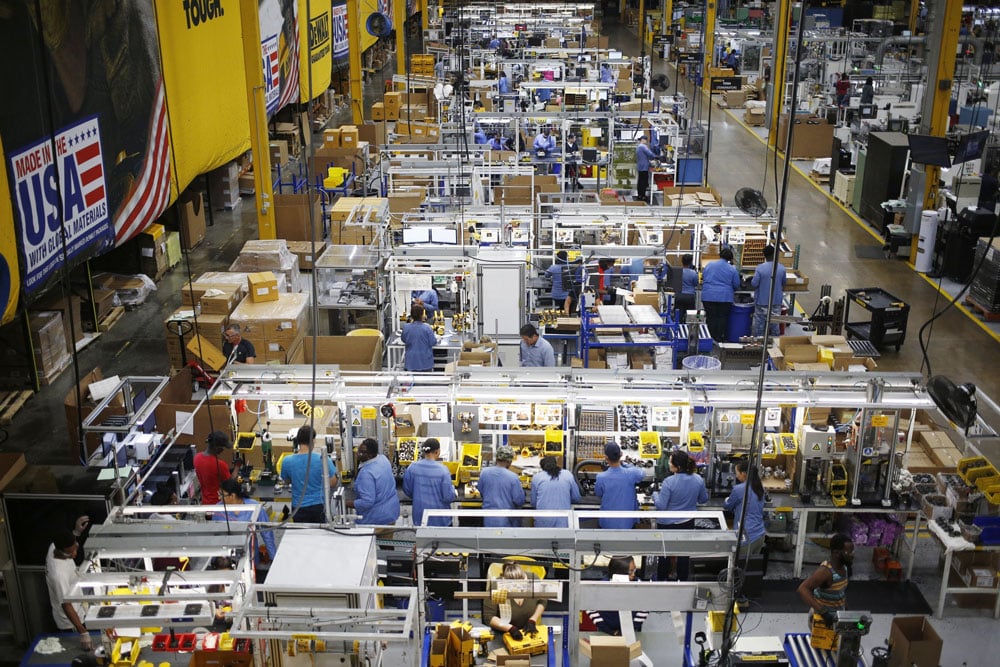Well, it’s been an interesting hiring marketing for manufacturers and distribution centers.
Between rising inflation, gas prices doubling, and all federal subsidies and tax credits gone, we’re in a hiring market with many job seekers. The problem? Retaining these workers is another story all together. Absenteeism is running rampant and is causing “2 in 3 manufacturers (68%) to terminated employees” because of intolerable attendance issues like skipping a scheduled shift or suddenly not showing up for work.
Worker behavior has changed.
Unemployment numbers are at all-time lows and pay rates are at all-time highs, allowing workers to turn the marketplace into a makeshift gig job, where they take unapproved time off, quit or are terminated for attendance points after six weeks, and apply for another job. Rinse and repeat. The real question manufacturing, warehouse, and light industrial companies need to address is not hiring workers but, how to retain them?
The solution? Offer them what they are already asking for – flexibility.
As the industry expert in flexible staffing in the light industrial, manufacturing, and warehousing space, we’ve also seen a “shift” in what our flex workers are asking for too. In a recent survey of over 300 MyWorkChoice flex workers, we asked if they would prefer full shifts (8-10 hour shifts), half shifts (4-5 hours), or a combination of both. Survey says? An overwhelming 80.6% of workers were interested in choosing a combination of full and half shifts. In response, we adapted and released two features in the MyWorkChoice app to easily give them even more choices.
Workers can schedule full shifts AND half shifts directly in the app.

Workers can schedule multiple shifts at one time – streamlining the process to build out an entire week’s worth of work with as few clicks as possible.

The result? Since the feature updates we’ve continued to see upward trends in average hours worked and in addition we’re retaining workers for a longer span of time.
Giving workers the flexibility to choose when they work makes all the difference in retaining them long term.
What can manufacturing and distribution centers do to address today’s changing workforce is first to understand workers will never go back to a rigid schedule with zero flexibility. It’s time to shift your perspective – the future of staffing is flexible.





